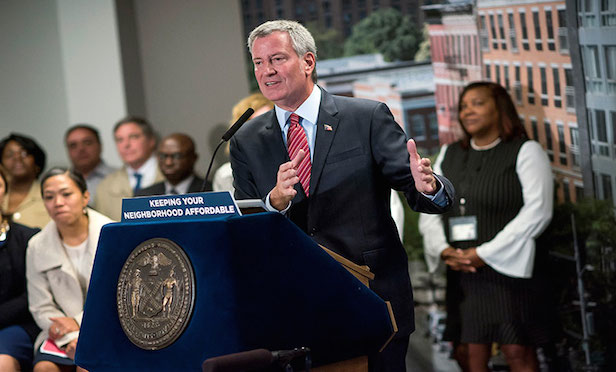 lead-based paint design-build authority
lead-based paint design-build authority© Touchpoint Markets, All Rights Reserved. Request academic re-use from www.copyright.com. All other uses, submit a request to [email protected]. For more inforrmation visit Asset & Logo Licensing.
The Consent Decree, which is subject to the review and approval of the court, requires the appointment of a federal monitor and requires the city, to provide $1.2 billion of additional capital funding to NYCHA over the next five years, and $200 million every year thereafter until the problems are fixed.
 lead-based paint design-build authority
lead-based paint design-build authority© Touchpoint Markets, All Rights Reserved. Request academic re-use from www.copyright.com. All other uses, submit a request to [email protected]. For more inforrmation visit Asset & Logo Licensing.
By Anthony Russo | July 19, 2024
Lynd Group weighs in with GlobeSt.
By Jack Rogers | June 24, 2024
The plan was to transform the campus into a new government center and develop the old property into a mixed-use complex.
By Erik Sherman | June 24, 2024
As pressure hits consumers, it ultimately transfers to commercial real estate.

Report
Sponsored by TheGuarantors
2025 State of Renter Delinquency and Default
Renter default is a critical challenge. This report, based on a survey of 400+ multifamily professionals, reveals key trends, economic drivers, and mitigation gaps to help you build resilience in 2025. You'll gain insights into the root causes of renter default, the operational strains it can put on your portfolio, and strategies you can leverage to protect your investments and maintain stability.

Assessment
Sponsored by Building Engines
CRE Property Management Assessment: Your Building Operations Scorecard
How do your building operations measure up? Use this detailed scorecard to evaluate your operational approach across five key areas.

White Paper
Sponsored by TheGuarantors
5 Strategic Moves to Protect Your Multifamily NOI in 2025's Squeeze
Skyrocketing economic uncertainty means it’s essential for multifamily owners and operators to strengthen risk mitigation capabilities. Discover expert insights from industry experts, including the President of NMHC, to tackle 2025 challenges such as slower lease-ups, cost pressures, renter fraud, high reliance on concessions, and more.